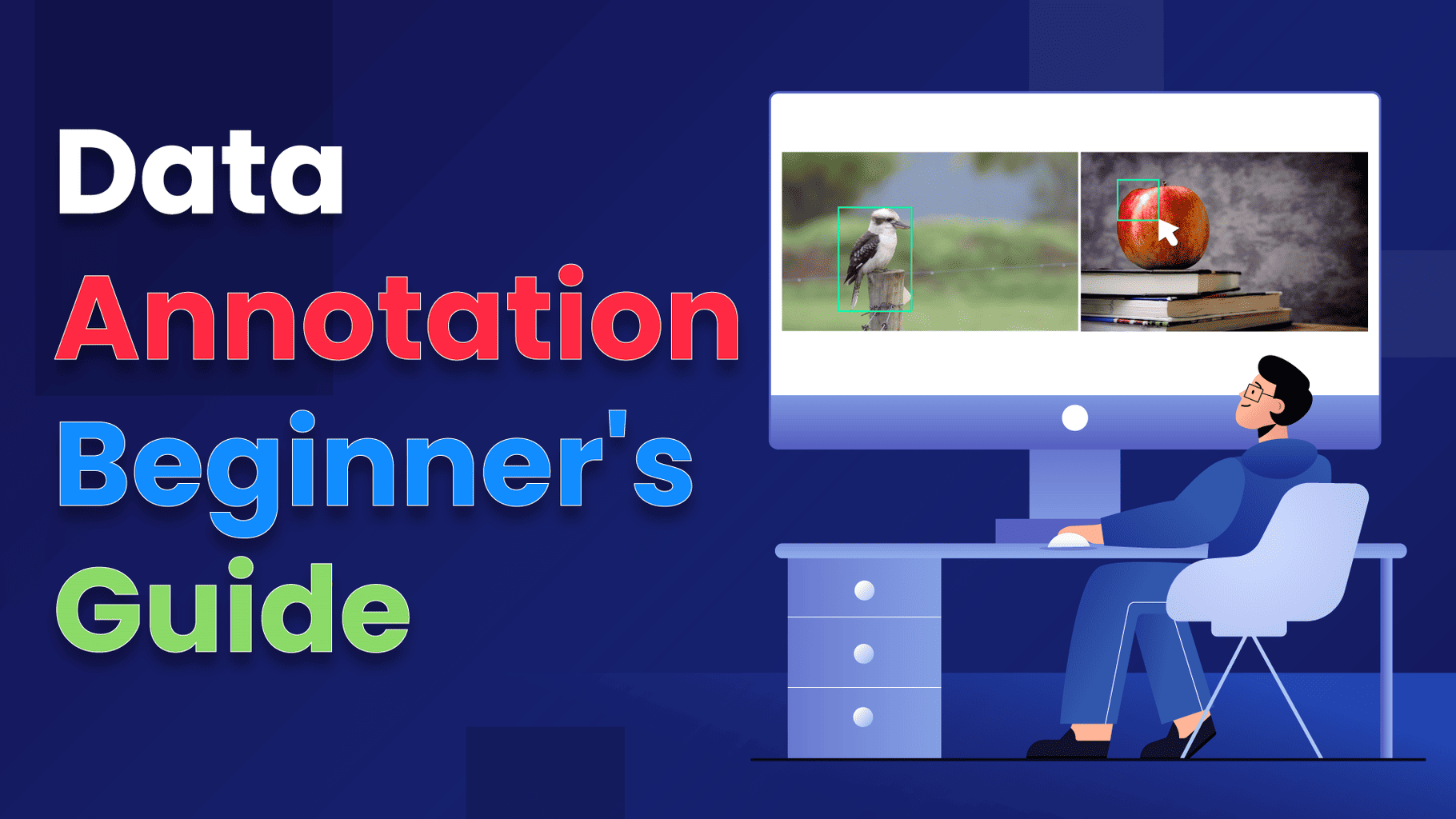
At the heart of computer vision’s effectiveness is data annotation, a crucial process that involves labeling visual data to train machine learning models accurately. This foundational step ensures that computer vision systems can perform tasks with the precision and insight required in our increasingly automated world.
Data Annotation: The Backbone of Computer Vision Models
Data annotation serves as the cornerstone in the development of computer vision models, playing a critical role in their ability to accurately interpret and respond to the visual world. This process involves labeling or tagging visual data-such as images, videos, and also text-with descriptive or identifying information. By meticulously annotating data, we provide these models with the essential context needed to recognize patterns, objects, and scenarios.
This foundational step is similar to teaching a child to identify and name objects by pointing them out and naming them. Similarly, annotated data teaches computer vision models to understand what they ‘see’ in the data they process. Whether it’s identifying a pedestrian in a self-driving car’s path or detecting tumors in medical imaging, data annotation enables models to learn the vast visual cues present in our environment.
Understanding Data Annotation
The Essence of Data Annotation
In computer vision, data annotation is the process of identifying and labeling the content of images, videos, or other visual media to make the data understandable and usable by computer vision models. This meticulous process involves attaching meaningful information to the visual data, such as tags, labels, or coordinates, which describe the objects or features present within the data. Essentially, data annotation translates the complexity of the visual world into a language that machines can interpret, forming the foundation upon which these models learn and improve.
Types of Data Annotations in Computer Vision
The process of data annotation can take various forms, each suited to different requirements and outcomes in the field of computer vision. Here are some of the most common types:
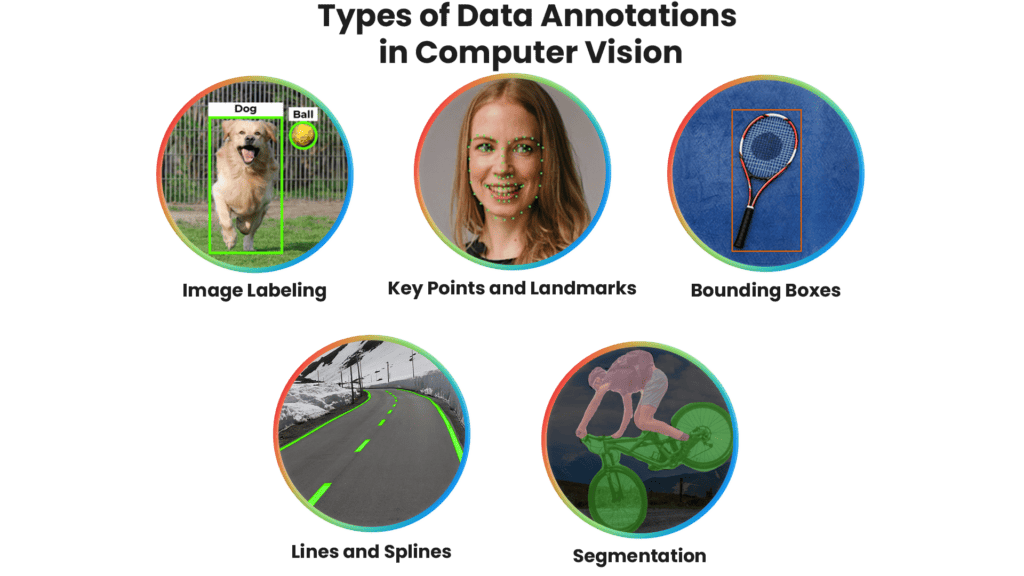
Image Labeling
Image labeling, or tagging, involves assigning descriptive tags or labels to entire images, summarizing their primary content or context. Commonly used in image classification tasks, image labeling helps computer vision models identify and categorize visual data accurately, enhancing their ability to recognize general themes or contexts within images.
Bounding Boxes
Bounding box annotation involves drawing rectangular boxes around specific objects within an image, marking their precise locations and boundaries. This annotation type is fundamental for training object detection algorithms, allowing AI models to locate, classify, and track objects effectively across diverse visual scenarios.
Image Segmentation
Image segmentation annotations provide granular detail by partitioning images into distinct segments or individual pixels associated with different objects or classes. There are two primary forms of image segmentation:
- Semantic Segmentation: Assign a specific class label to every pixel within an image, grouping pixels with the same class without differentiating individual instances. Ideal for scene-understanding tasks.
- Instance Segmentation: Goes beyond semantic segmentation by distinguishing individual objects within the same class. This more advanced approach is critical for detailed applications like autonomous driving, robotics, and complex medical image analysis.
Key Points and Landmarks
Keypoint and landmark annotation involves marking precise points on specific object features within images, aiding detailed recognition and measurements. This annotation type is particularly beneficial for applications requiring the exact identification of object features, such as facial recognition, human pose estimation, gesture analysis, and object alignment tasks.
Lines and Splines
Line and spline annotations are utilized to label objects featuring distinct linear shapes, paths, or outlines, such as roads, railways, pipelines, or object edges. These annotations significantly enhance the accuracy of computer vision models used in autonomous navigation systems, geographic information systems (GIS), and spatial analysis applications, enabling models to accurately interpret object shapes and movement paths.
Why Data Annotation Matters in Computer Vision
Ensuring Quality and Accuracy in Data Annotation
Accurate annotations train models to understand subtle differences between objects, recognize objects in different contexts, and make reliable predictions or decisions based on visual inputs. Inaccuracies or inconsistencies in data annotation can lead to misinterpretations by the model, reducing its effectiveness and reliability in real-world applications.
The Cornerstone of Model Training
Data annotation is the foundation upon which their learning is built. Annotated data teaches these models to recognize and understand various patterns, shapes, and objects by providing them with examples to learn from. The quality of this teaching material directly influences the model’s performance—accurate annotations lead to more precise and reliable models, while poor annotations can hamper a model’s ability to make correct identifications or predictions.
Impact on Model Performance and Reliability
The performance and reliability of computer vision models are directly tied to the quality of the annotated data they are trained on. Models trained on well-annotated datasets are better equipped to handle the nuances and variability of real-world visual data, leading to higher accuracy and reliability in their output. This is crucial in applications such as medical diagnosis, autonomous driving, and surveillance.
Accelerating Innovation and Application
Quality data annotation also plays a vital role in driving innovation within the field of computer vision. By providing models with accurately annotated datasets, researchers and developers can push the boundaries of what computer vision can achieve, exploring new applications and improving existing technologies. Accurate data annotation enables the development of more sophisticated and capable models, fostering advancements in AI and machine learning that can transform industries and improve lives.
Challenges in Data Annotation
The process of data annotation, while crucial, comes with its set of challenges that can impact the efficiency, accuracy, and overall success of computer vision models. Understanding these challenges is essential for anyone involved in developing AI and machine learning technologies.
Scale and Complexity
One of the significant challenges in data annotation is managing the scale and complexity of the datasets required to train robust computer vision models. As the demand for sophisticated and versatile AI systems grows, so does the need for extensive, well-annotated datasets that cover a wide range of scenarios and variations. Annotating these large datasets is not only time-consuming but also requires a high level of precision to ensure the quality of the data. Additionally, the complexity of certain images, where objects may be occluded, partially visible, or presented in challenging lighting conditions, adds another layer of difficulty to the annotation process.
Subjectivity and Consistency
Data annotation often involves a degree of subjectivity, especially in tasks requiring the identification of nuanced or abstract features within an image. Different annotators may have varying interpretations of the same image, leading to inconsistencies in the data. These inconsistencies can affect the training of computer vision models, as they rely on consistent data to learn how to accurately recognize and interpret visual information. Ensuring consistency across large volumes of data, therefore, becomes a critical challenge, necessitating clear guidelines and quality control measures to maintain annotation accuracy.
Balancing Cost and Quality
The process of data annotation also presents a significant cost challenge, particularly when high levels of accuracy are required. Manual annotation, while offering the potential for high-quality data, is labor-intensive and costly. On the other hand, automated annotation tools can reduce costs and increase the speed of annotation but may not always achieve the same level of accuracy and detail as manual methods. Finding the right balance between cost and quality is a constant challenge for organizations and researchers in the field of computer vision. Investing in advanced annotation tools and techniques, or a combination of manual and automated processes, can help reduce these challenges, but requires careful consideration and planning to ensure the effectiveness of the resulting models.
Tools and Technologies in Data Annotation
A variety of tools and technologies that range from simple manual annotation software to sophisticated platforms offering semi-automated and fully automated annotation capabilities.
Manual Annotation Tools
Manual annotation tools are software applications that allow human annotators to label data by hand. These tools provide interfaces for tasks such as drawing bounding boxes, segmenting images, and labeling objects within images. Examples include:
LabelImg: An open-source graphical image annotation tool that supports labeling objects in images with bounding boxes.
VGG Image Annotator (VIA): A simple, standalone tool designed for image annotation, supporting a variety of annotation types, including points, rectangles, circles, and polygons.
LabelMe: An online annotation tool that offers a web interface for image labeling, popular for tasks requiring detailed annotations, such as segmentation.
Semi-automated Annotation Tools
CVAT (Computer Vision Annotation Tool): An open-source tool that offers automated annotation capabilities using pre-trained models to assist in the annotation process.
MakeSense.ai: A free online tool that provides semi-automated annotation features, streamlining the process for various types of data annotation.
Automated Annotation Tools
Fully automated annotation tools aim to eliminate the need for human intervention by using advanced AI models to generate annotations. While these tools can greatly accelerate the annotation process, their effectiveness is often dependent on the complexity of the task and the quality of the pre-existing data.
Examples include proprietary systems developed by AI research labs and companies, which are often tailored to specific use cases or datasets.
The Emergence of Advanced Annotation Platforms
Several commercial platforms have emerged that provide additional functionalities such as project management, quality control workflows, and integration with machine learning pipelines. Examples include:
Amazon Mechanical Turk (MTurk): While not specifically designed for data annotation, MTurk is widely used for crowdsourcing annotation tasks, offering access to a large pool of human annotators.
Scale AI: Provides a data annotation platform that combines human workforces with AI to annotate data for various AI applications.
Labelbox: A data labeling platform that offers tools for creating and managing annotations at scale, supporting both manual and semi-automated annotation workflows.
Also Read: Computer Vision and Image Processing: Understanding the Distinction and Interconnection
Getting Started with Data Annotation
Here are some tips and recommendations to get you started:
Educate Yourself Through Online Tutorials
Several online platforms offer courses specifically designed to teach the fundamentals of computer vision and data annotation. These tutorials often start with the basics, making them ideal for beginners.
Recommended tutorials:
CVAT – Nearly Everything You Need To Know
The Best Way to Annotate Images for Object Detection
Practice on Annotation Platforms
Hands-on experience is invaluable. Several platforms allow you to practice data annotation and even contribute to real-world projects:
Roboflow: Everything you need to build and deploy computer vision applications, used by over 1 million engineers worldwide, and longtime OpenCV donors.
LabelMe: A great tool for beginners to practice image annotation, offering a wide range of images and projects.
Zooniverse: A platform for citizen science projects, including those requiring image annotation. Participating in these projects can provide practical experience and contribute to scientific research.
MakeSense.ai: Offers a user-friendly interface for practicing different types of data annotation, with no setup required.
Label Studio: This is an open-source data labeling tool for labeling, annotating, and exploring many different data types.
Participate in Competitions and Open-Source Projects
Engaging with the community through competitions and open-source projects can accelerate your learning and provide valuable experience:
Kaggle: Known for its machine learning competitions, Kaggle also hosts datasets that require annotation. Participating in competitions or working on these datasets can offer hands-on experience with real-world data.
GitHub: Search for open-source computer vision projects that are looking for contributors. Contributing to these projects can provide practical experience and help you understand the challenges and solutions in data annotation.
CVPR and ICCV Challenges: These conferences often host challenges that involve data annotation and model training. Participating can offer insights into the latest research and methodologies in computer vision.
Also Read: Your 2024 Guide to becoming a Computer Vision Engineer
Conclusion
Data annotation is a critical yet underappreciated element in developing computer vision technologies. Through this article, we’ve explored the foundational role of data annotation, its various forms, its challenges, and the tools and techniques available to overcome these hurdles.
By understanding and contributing to this field, beginners can not only enhance their own skills but also play a part in shaping the future of technology.


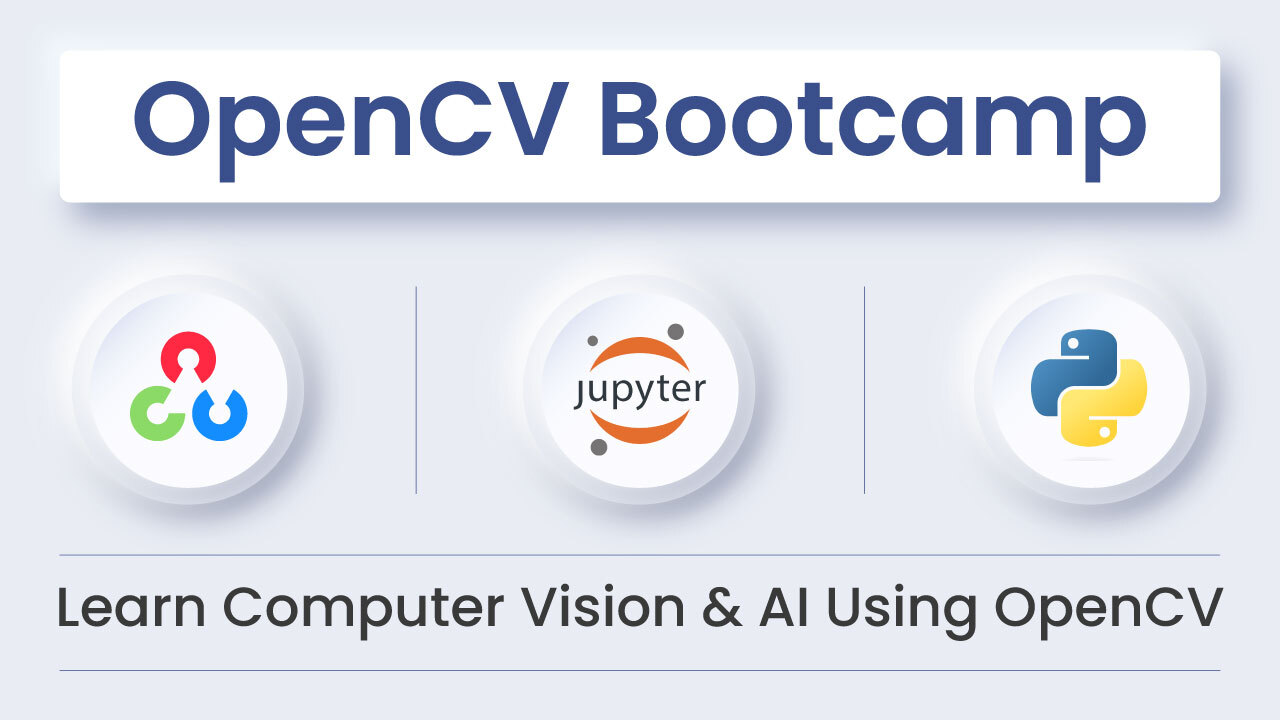
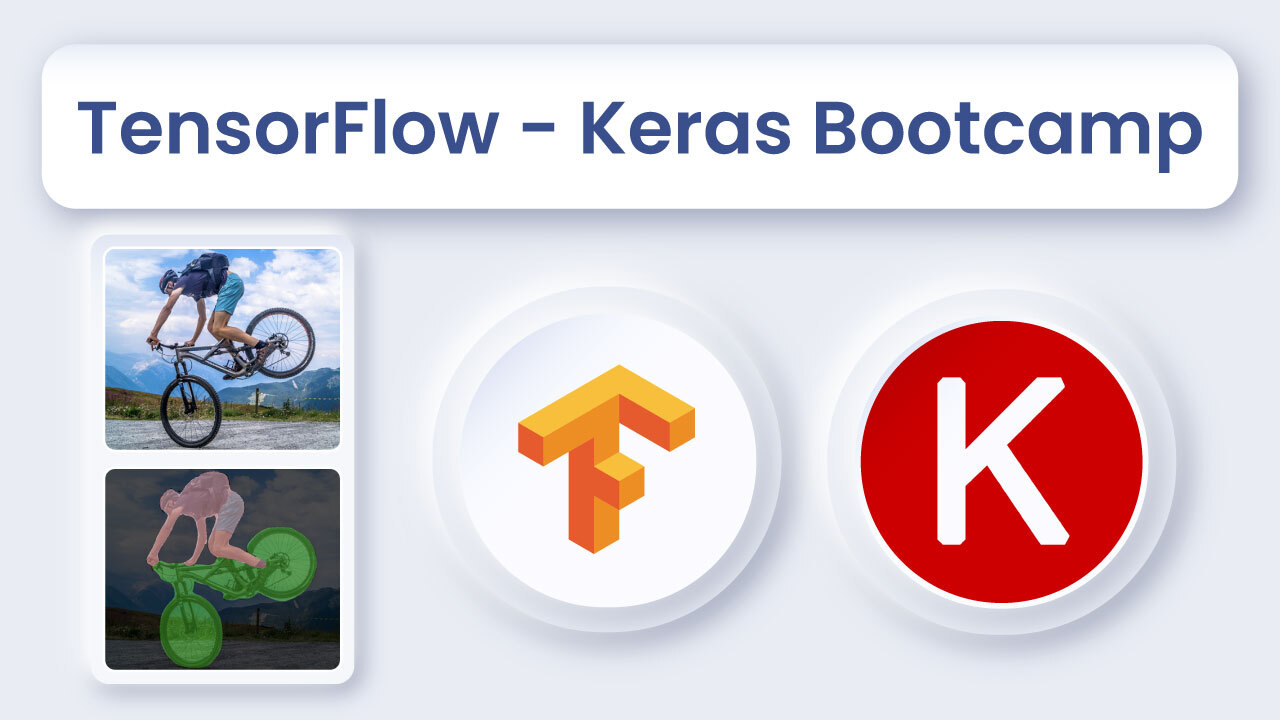
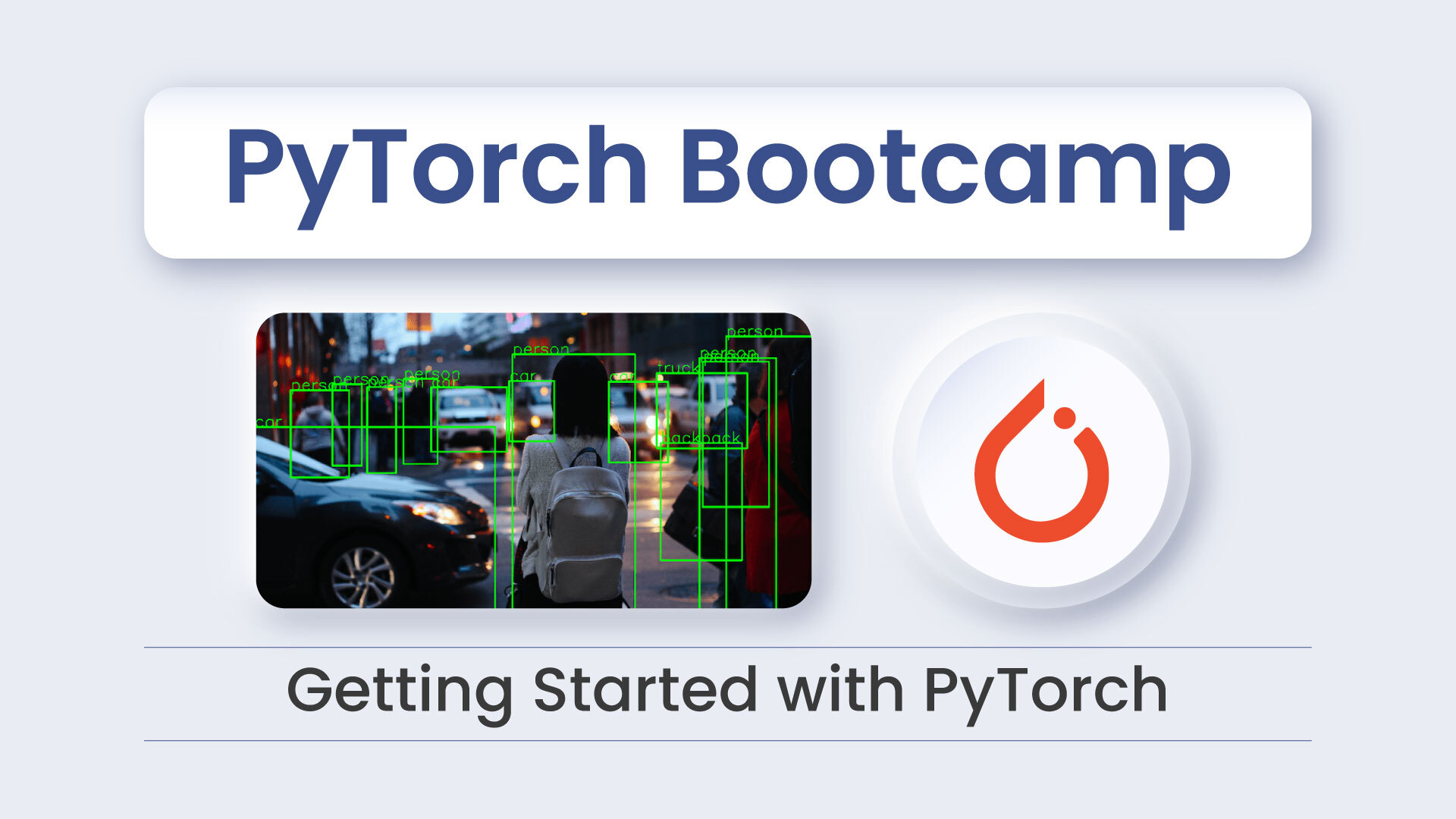


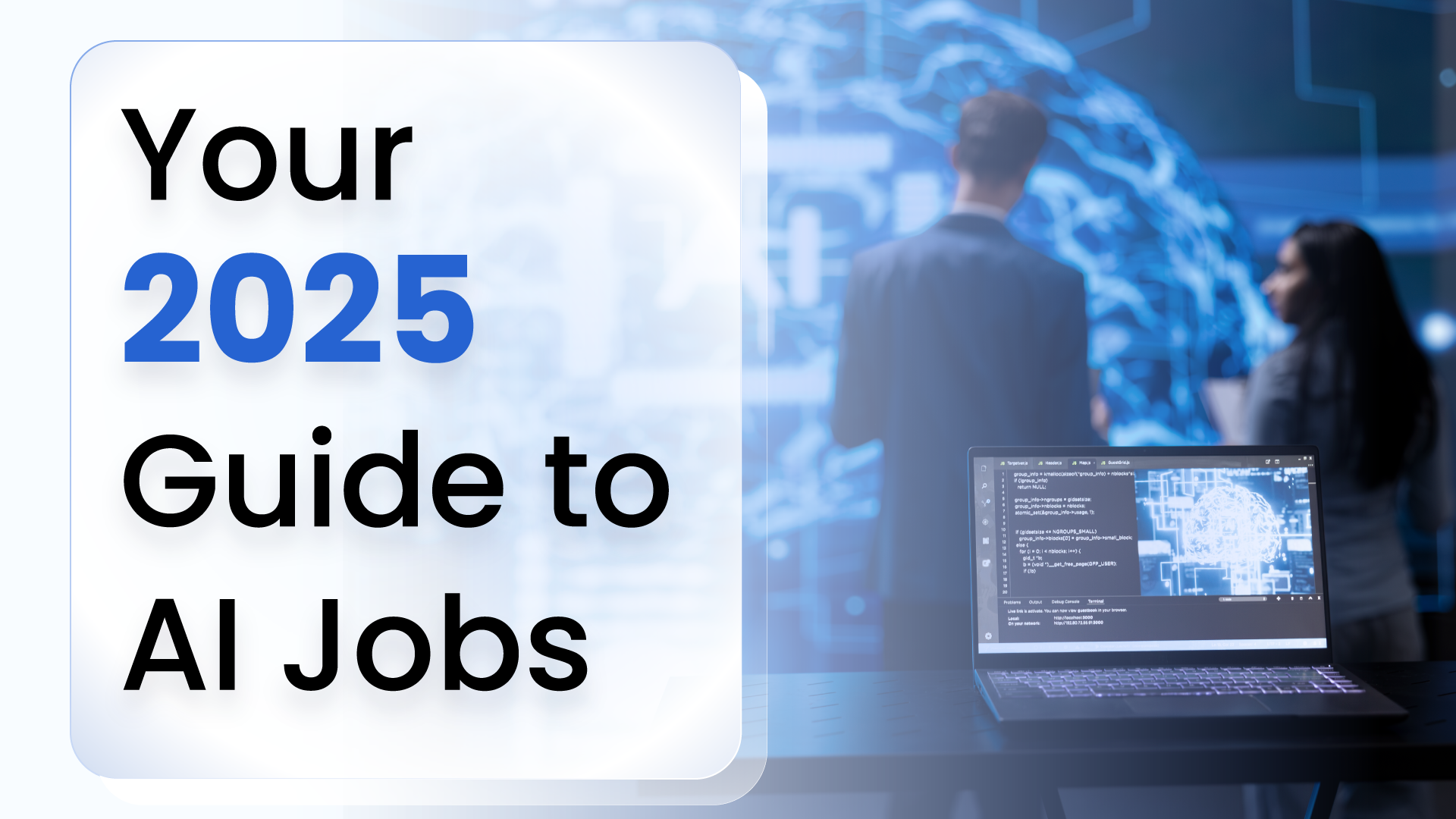
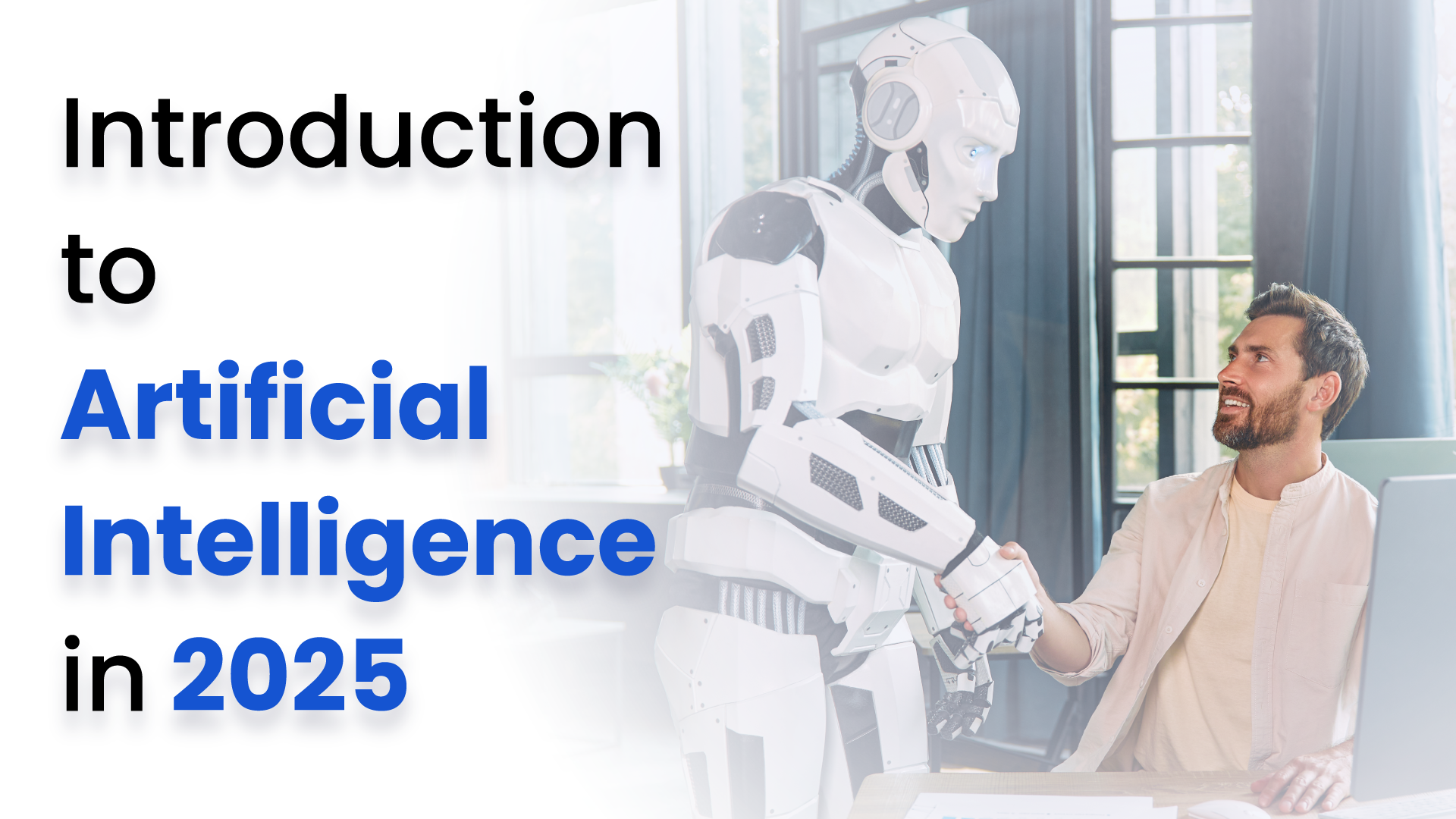
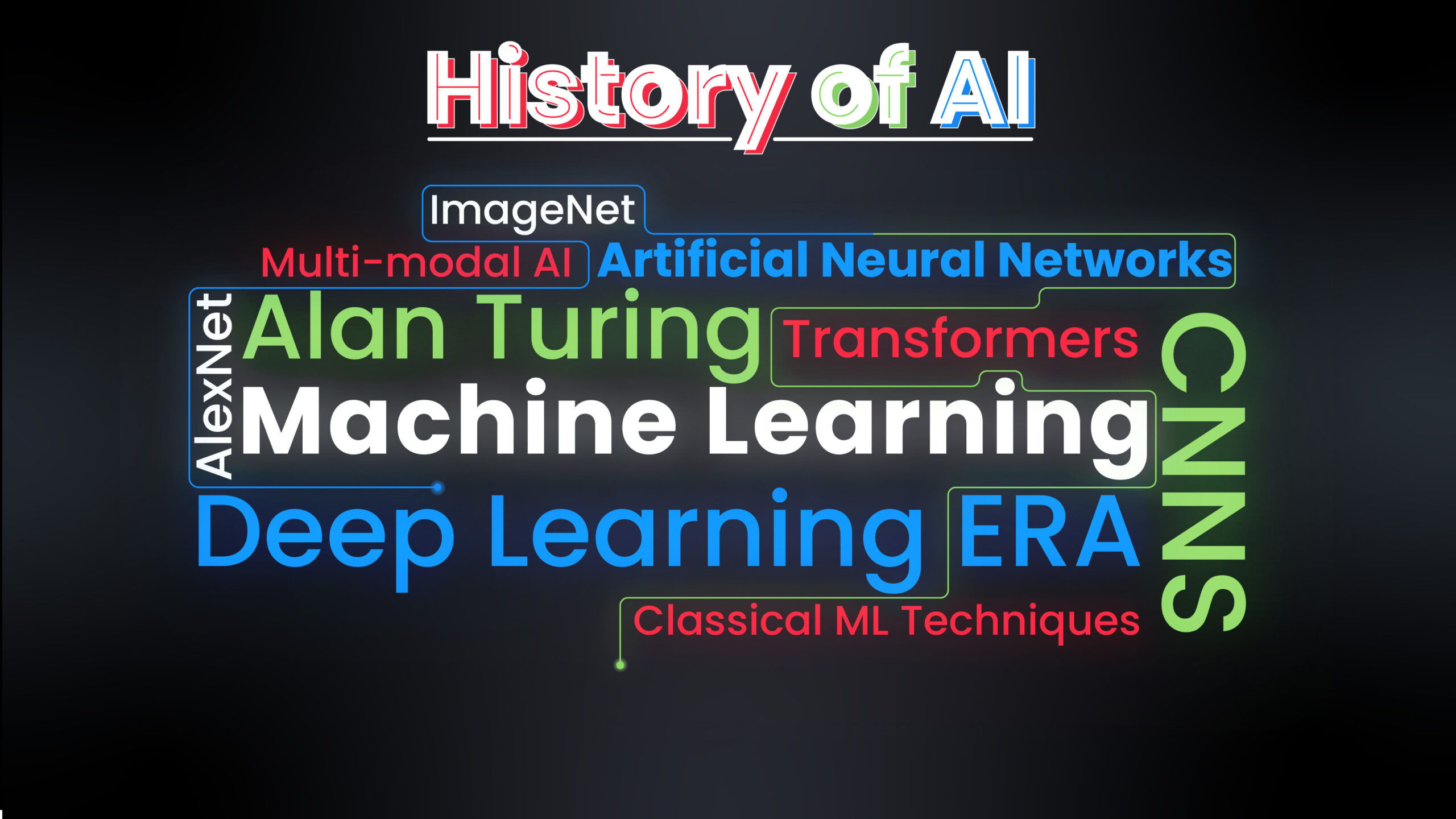

5K+ Learners
Join Free VLM Bootcamp3 Hours of Learning